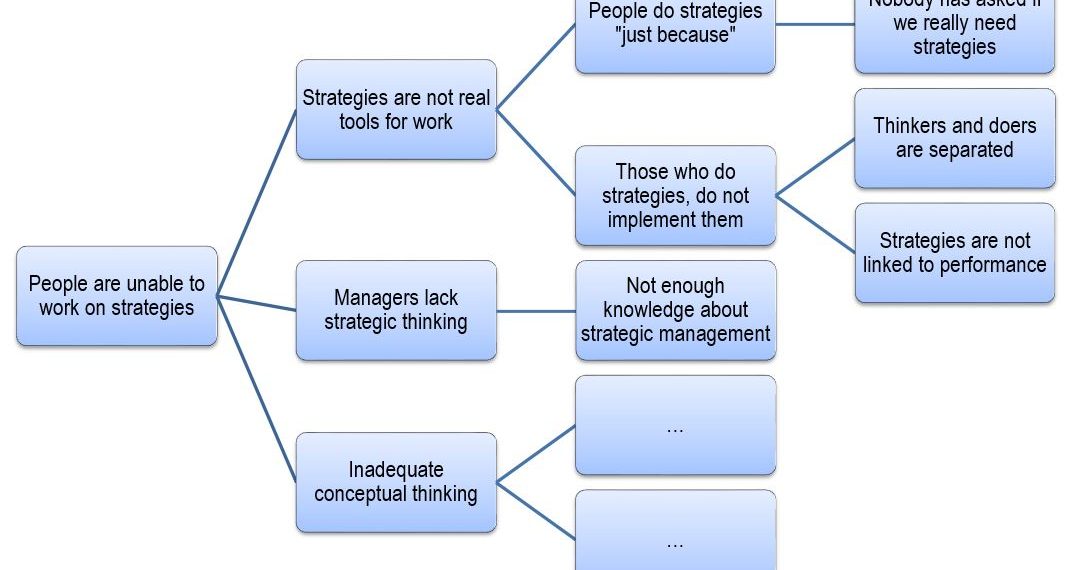
This is the post of the second class of strategic management at the Estonian Business School. This time we discussed the roots of strategic management by visiting Henry Mintzberg’s classics to see what are the core definitions and perspectives of strategic management. Thereafter we opened our practice sessions with two conceptual tools of analysis:
– Root cause analysis and
– PESTLE analysis.
We used the example of Estonian Business School to practice both analyses. Hence – the groups prepared several root cause analyses on why there seem to be clashes of timing between the various classes and thereafter contemplated the variables of the environment surrounding the Estonian Business School.
Below you may find homereading assignments for the next week:
Prepare by reading the Apple 2008 Case Study by David B. Yoffie and Michael Slind and answer to the questions:
1. What were Apple’s competitive advantages?
2. Assess the dynamics of the PC industry. Are these dynamics favourable or problematic for Apple?
3. Has Steve Jobs finally solved Apple’s long-standing problems with respect to the Macintosh business?
4. The iPod-iTunes business has been a spectacular success. Will this success endure? How Jobs found a new formula to create a sustainable competitive advantage for Apple?
5. How would you assess Apple’s initial strategy for the iPhone? Why did Apple change so quickly to a different strategy?
6. In what ways are iPod, iTunes, iPhone and Macintosh related? Unrelated? Does having them under one roof create value above and beyond what each could achieve individually?
Porter (1996) What is Strategy? Harvard Business Review.
Porter (2008) The Five Competitive Forces that Shape Strategy. Harvard Business Review
Campbell & Alexander (1997) What is Wrong with Strategy? Harvard Business Review